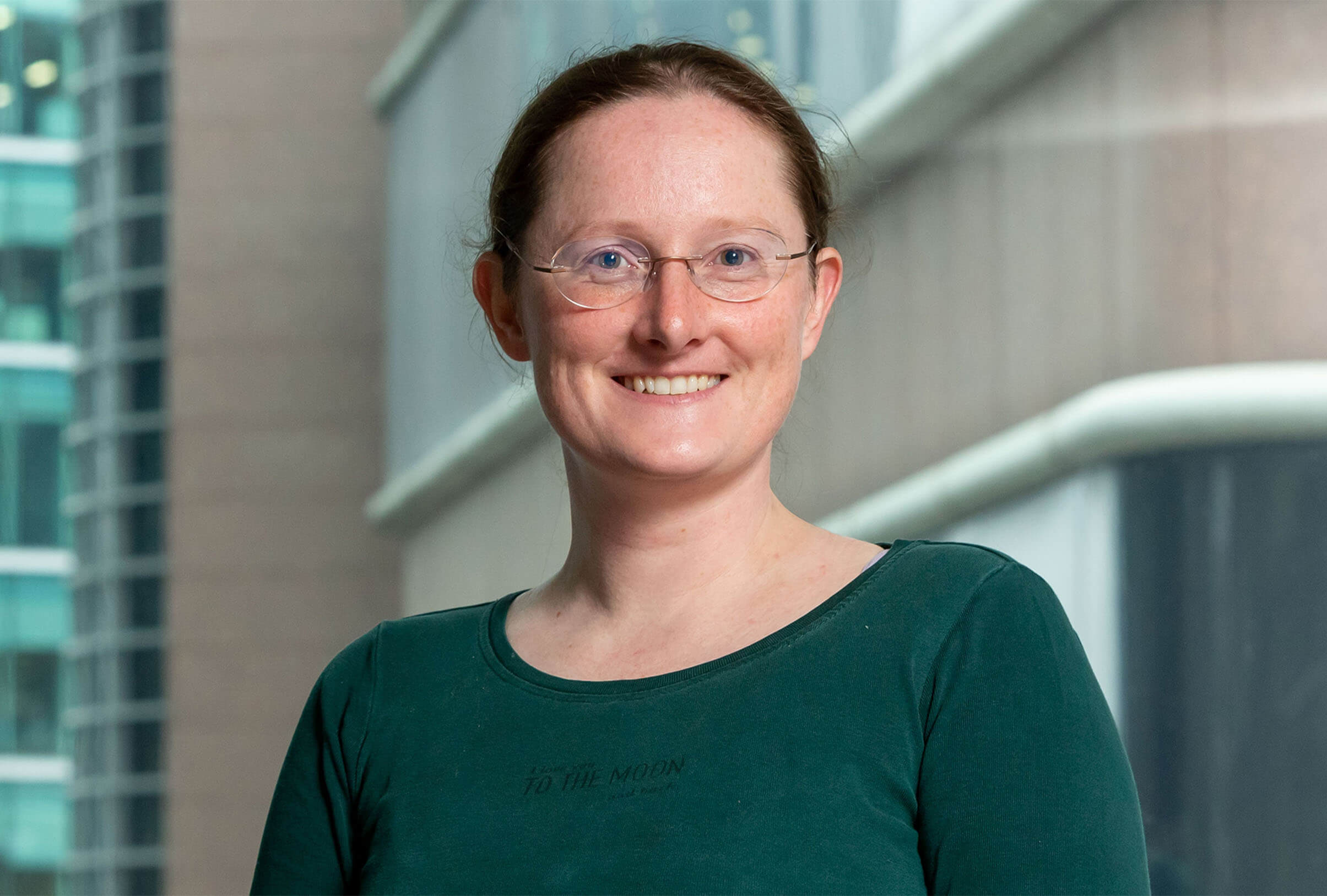Partner London
"In recent years, the Earth's orbit has become increasingly congested due to rapid proliferation of satellites, space stations and other space debris."
With the space economy valued at US$469bn in 2021 and expected to grow to a US$1trn in 2040, it is a necessity to have a clear legal framework in place to help prevent and navigate any collisions in space. In recent years, the Earth’s orbit has become increasingly congested due to rapid proliferation of satellites, space stations and other space debris. The number of objects in Low Earth Orbit (“LEO”) and beyond has surged exponentially with the emergence of private companies like SpaceX and OneWeb as well as ambitious governmental projects. This congestion poses significant collision risk, which can have catastrophic consequences for the colliding objects as well as for the broader space environment. The Kessler Syndrome, a theoretical scenario where the density of objects in orbit is high enough that collisions between objects could cause a domino effect of further collisions, is ever becoming a threat necessitating regulatory attention.
Currently, the Outer Space Treaty of 1967 (“OS Treaty”), along with other international agreements, provides the basis for a legal structure regarding space activities. However, the current legal structure was established in an era when space was dominated by a handful of nations and did not anticipate the current level of commercial and private participation. Modern challenges require contemporary solutions, including updated laws that address liability, responsibility and mitigation of space debris.
Legal framework
Space law emerged during the space race of the 1960s and 1970s. States’ awareness of potential conflict linked to space exploration triggered legislative activities. The current space law framework rests on three main regulatory tiers:
- United Nations (“UN”) treaties;
- guidelines and soft law principles; and
- domestic regulations.
UN Treaties
a. The OS Treaty focusses on peaceful space exploration and the principle of non-appropriation i.e. that no single state can claim sovereignty over any part of outer space. It makes it clear that states are responsible for national space activities, whether conducted by governmental or non-governmental entities and that countries must avoid harmful contamination of space and celestial bodies.
b. The Return of Astronauts and the Return of Objects Launched into Outer Space 1968 (“Rescue Agreement”) focusses on the obligation to assist astronauts in distress.
c. The Liability Convention 1972 (“Liability Convention”) provides a detailed framework for addressing legal implications of collisions in space. It sets out what conditions need to be met for a state to be liable for ‘damage’ caused by its space objects and outlines the procedures for making claims and seeking compensation.
Key contacts
"Currently, the Outer Space Treaty of 1967, along with other international agreements, provides the basis for a legal structure regarding space activities."
Article I of the Liability Convention defines:
- “Damage” as loss of life, personal injury or other impairment of health; or loss of or damage to property of states or of persons, natural or juridical, or property of international intergovernmental organisations; and
- “Launching state” as a state that launches or procures the launching of a space object; or a state from whose territory or facility a space object is launched. This state bears the liability for damage caused.
The Liability Convention encourages states to adopt measures to prevent collisions and mitigate risks, given their potential liability for damages.
- Absolute liability – Article II states that a launching state is absolutely liable to pay compensation for damage caused by its space objects on the surface of the Earth or to aircraft in flight. This absolute liability means that the state is responsible regardless of fault.
- Fault-based liability – Article III establishes that a launching state is liable for damage caused by its space objects in outer space (including collisions with other space objects) only if the damage is due to its fault or the fault of persons for whom it is responsible. This introduces a fault-based liability regime for incidents occurring in space.
- Joint and several liability – Article IV provides for joint and several liability in cases where two or more states jointly launch a space object. In such scenarios, the relevant states are collectively responsible for the damage and can be held accountable together or individually.
- Compensation – Article IX details the procedure for presenting a claim for compensation. A claim must be presented through diplomatic channels and if no settlement is reached within a year, the parties may seek a resolution through a claims commission to determine the compensation due. The commission’s decision is final and binding if the parties agree to this procedure.
d. The Registration Convention of 1976 (“Registration Convention”) focusses on the registration and identification of space objects. It complements the Liability Convention and the OS Treaty by enhancing transparency of and accountability for space activities. The Registration Convention makes information about space objects publicly available so that when a collision occurs the responsible state can be identified.
e. The Agreement Governing the Activities of States on the Moon and Other Celestial Bodies (“Moon Agreement”), which came into force in 1984 focusses on the legal status of celestial bodies.
"Modern challenges require contemporary solutions, including updated laws that address liability, responsibility and mitigation of space debris."
Soft Law Governing Space
There are several other international legal instruments that do not contain binding obligations compared to the five UN treaties. Soft law principles are guiding responsible behaviour in space activities and are often viewed in the same manner as legal obligations due to political commitments. Two main examples include the:
a. Space Debris Mitigation Guidelines focussing on recommendations to satellite operators regarding responsible space activities and minimising space debris; and
b. Outer Space Transparency and Confidence-Building Measures focussing on encouraging cooperation between states through information sharing about their space activities, which includes space debris mitigations measures.
The United Nations General Assembly (“UNGA”) resolutions include further key soft law elements. For example, Resolution 59/115 encourages states to adopt national laws to supervise outer space activities of non-government entities. Resolution 62/191 encourages states to comply with their international legal obligations to register space objects.
National Space Law and Regulations
National space law and regulations regulate the activities of nations’ own entities in space. Regulatory bodies in each country’s space agency may set certain rules and guidelines for space-related activities. The aim is ensuring a responsible and peaceful use of outer space. National space laws usually cover issues such as licensing, liability and regulation of space activities.
Technology the answer?
Operators in space are aware of the risk of collisions and are using cutting edge technology to mitigate the risks. Starlink satellites have a built-in deorbiting capability that uses krypton-powered ion thrusters, autonomous end-of-life management systems, active debris avoidance mechanisms and real-time monitoring by ground control to work together to ensure that the satellites can safely deorbit and burn up in the atmosphere. Amazon’s project Kuiper similarly uses active propulsions systems for active collision avoidance and a low altitude of approximately 600km to ensure satellites deorbit within a year of their missions’ end even in the event of a propulsion system failure.
Data sharing and collaboration across government entities and private companies is crucial. Spaceflight operators share data and operational information through platforms like Space-Track and co-ordinate with NASA’s Trajectory Optimisation and Planning Office and the US military’s Joint Space Operations Center to ensure there is an active rather than passive approach to collision avoidance.
Insurance the answer?
National regulatory bodies, such as the Federal Aviation Administration (“FAA”) in the US and the European Space Agency (“ESA”), often require launch operators to obtain third-party liability insurance as part of their licensing processes. These requirements ensure that operators have financial means to cover potential damages arising from space collisions and uncontrolled deorbits.
In the commercial space sector, insurance is typically divided into two main categories:
- pre-launch insurance – covers risks associated with the launch phase, including potential failures that might occur during the ascent to space; and
- in-orbit insurance – covers risks once the satellite is operational, including collisions with other space objects and potential failure during deorbiting procedures.
Operators often purchase third-party liability insurance to cover potential damages their activities might cause to other space assets or individuals, aligning with the fault-based liability framework established by the Liability Convention 1972. This type of insurance provides financial protection against claims and helps manage the risks associated with space operations.
Insurance does not cover all eventualities however and inevitably one must look at what are the options in the event of a collision.
"Collisions whilst rare do occur."
Collisions – a crash course in history
Collisions whilst rare do occur. In 2014, Ecuador’s first and only satellite in orbit, Pegasus, collided with particles from the fuel tank of a Soviet rocket over the Indian Ocean.
In 2009, two communications satellites (Cosmos 2251 and Iridium 33) collided producing 2000 pieces of debris measuring at least ten centimetres in diameter and many thousands more smaller pieces. Much of this debris will remain in orbit for decades or longer.
Under the OS Treaty and the Liability Convention, the ‘launching state’ is responsible for objects in orbit. According to the legal definition of launching state in the OS Treaty and Liability Convention, Russia was the ‘launching state’ for the Cosmos 2251. However, it is unclear whether the ‘launching state’ for Iridium 33 was Russia, the US or Kazakhstan as Iridium 33 was not registered with the United Nations, as required by the Registration Convention.
The Liability Convention dictates that for damages which occur in orbit, fault must be determined. However, a legal definition does not currently exist for ‘fault’ in the context of the Liability Convention. The Liability Convention has also never been formally invoked – all incidents to date that could have resulted in potential claims under the Liability Convention, including the Iridium-Cosmos collision, have been settled by the respective countries outside of the Liability Convention.
The collision between Iridium 33 and Cosmos 2251 highlighted that despite technological advances and accurate tracking data and statistical models, collisions are a part of spaceflight and the existing regulatory framework does not adequately cater to the modern realities of private space actors and the complex, multinational nature of space activities.
Arbitration the answer?
Arbitration is increasingly seen as a suitable method for resolving space-related disputes, given its flexibility and widely recognised award enforcement through the New York Convention. The Permanent Court of Arbitration has recognised this need by publishing its Optional Rules for Arbitration of Disputes Relating to Outer Space Activities in 2011. These rules are based on the 2010 UNCITRAL Rules and provide a voluntary and binding mechanism tailored for the space sector.
Conclusion
Given the rise of the New Space economy, where private actors play a significant role, there is a need to keep developing robust anti-collision measures, relevant insurance and an accessible dispute resolution mechanism amongst the international community.
Click here to read other articles in this series.
Key contacts
Partner London
Counsel London
Knowledge Lawyer London






